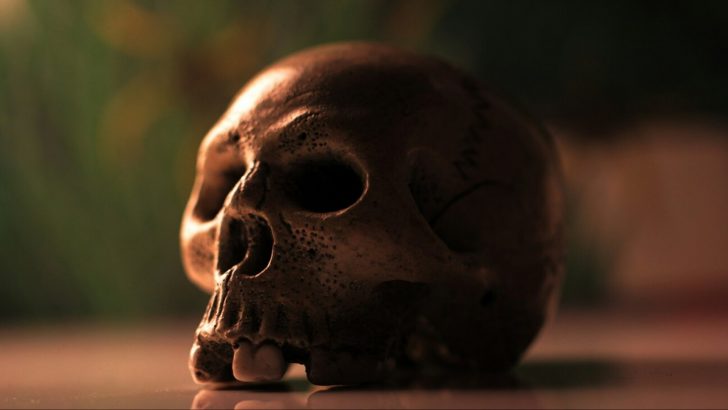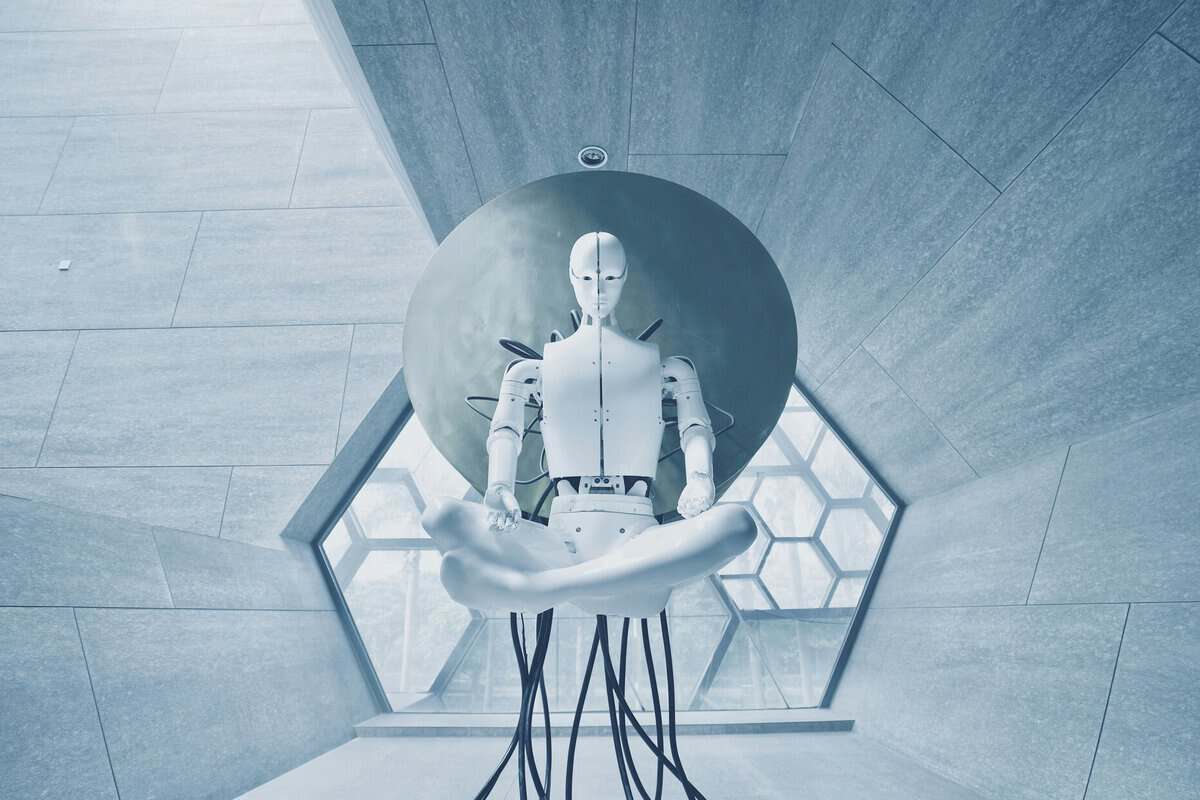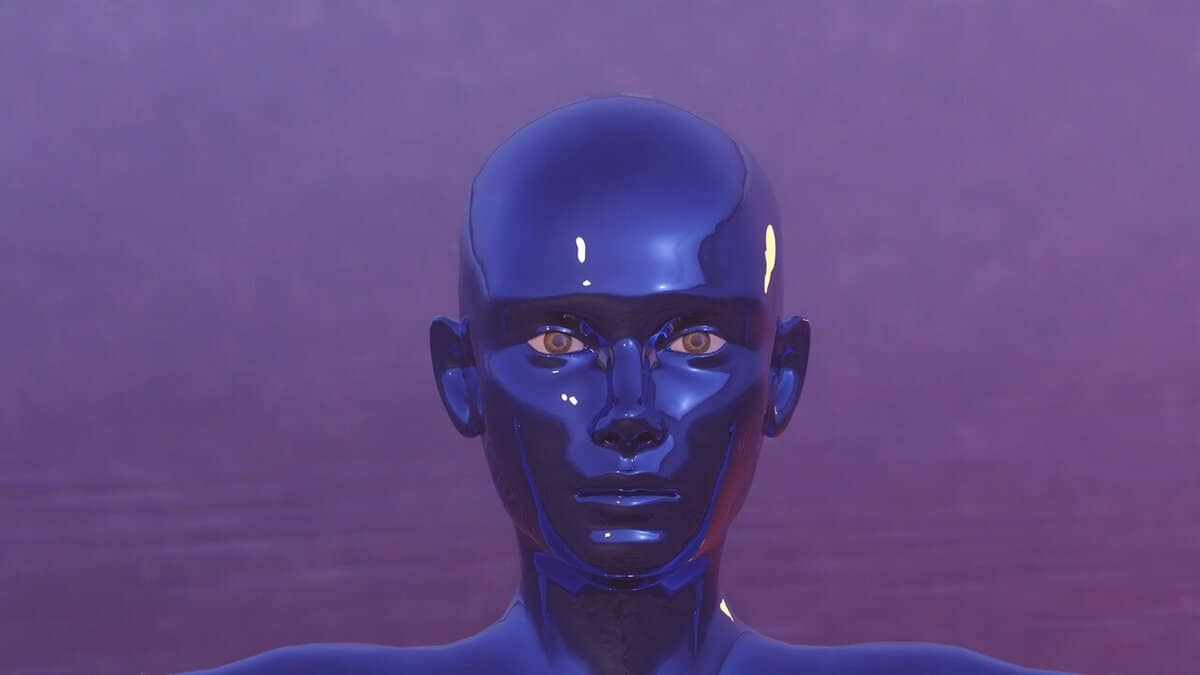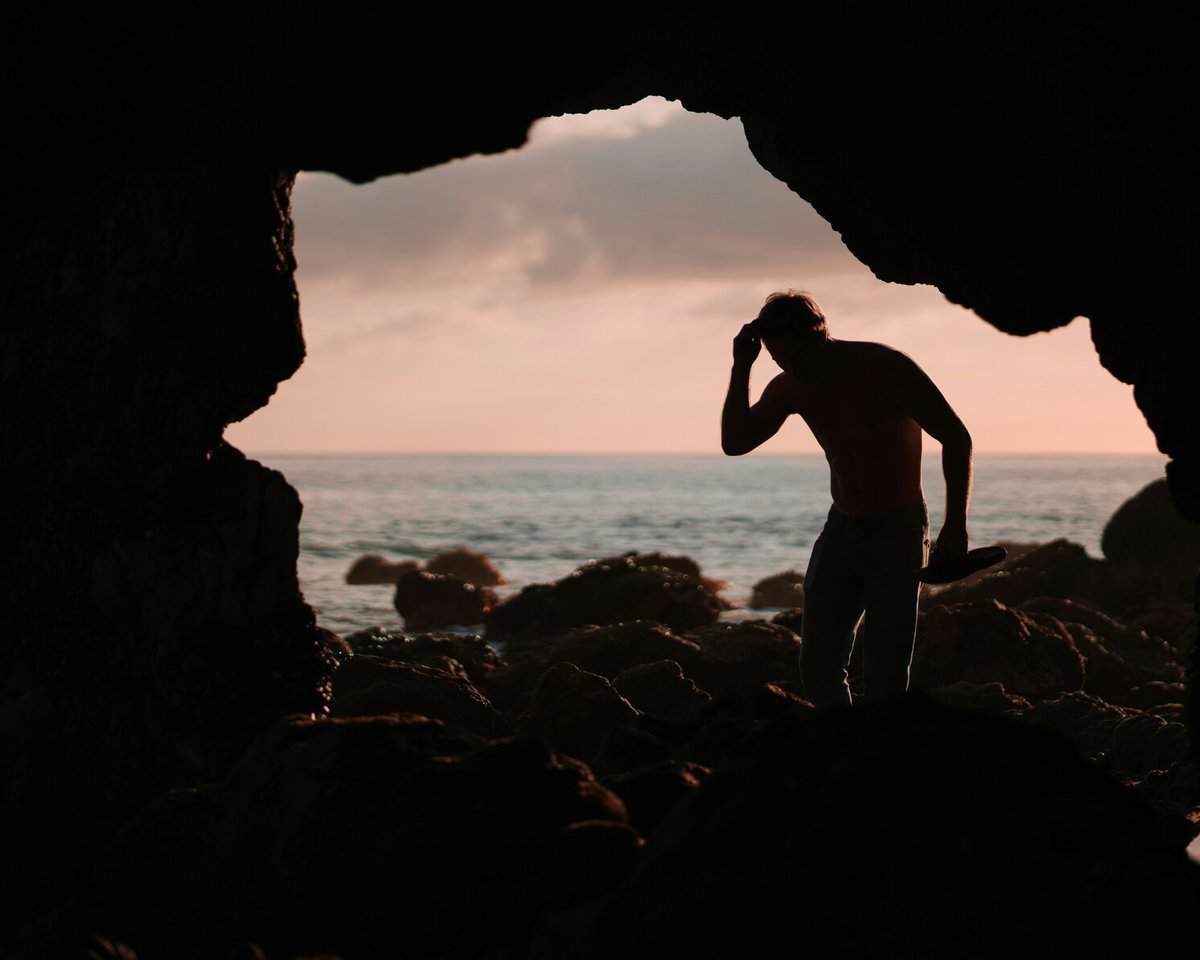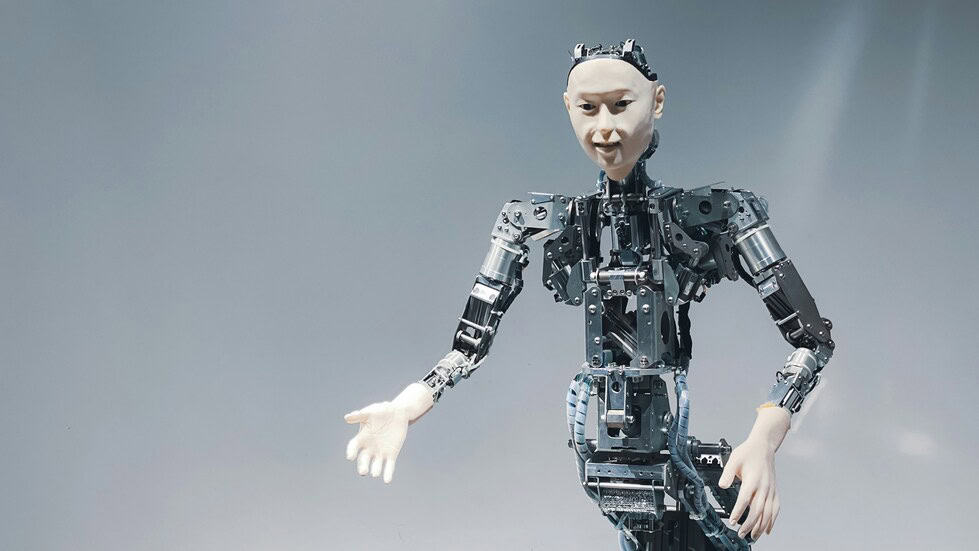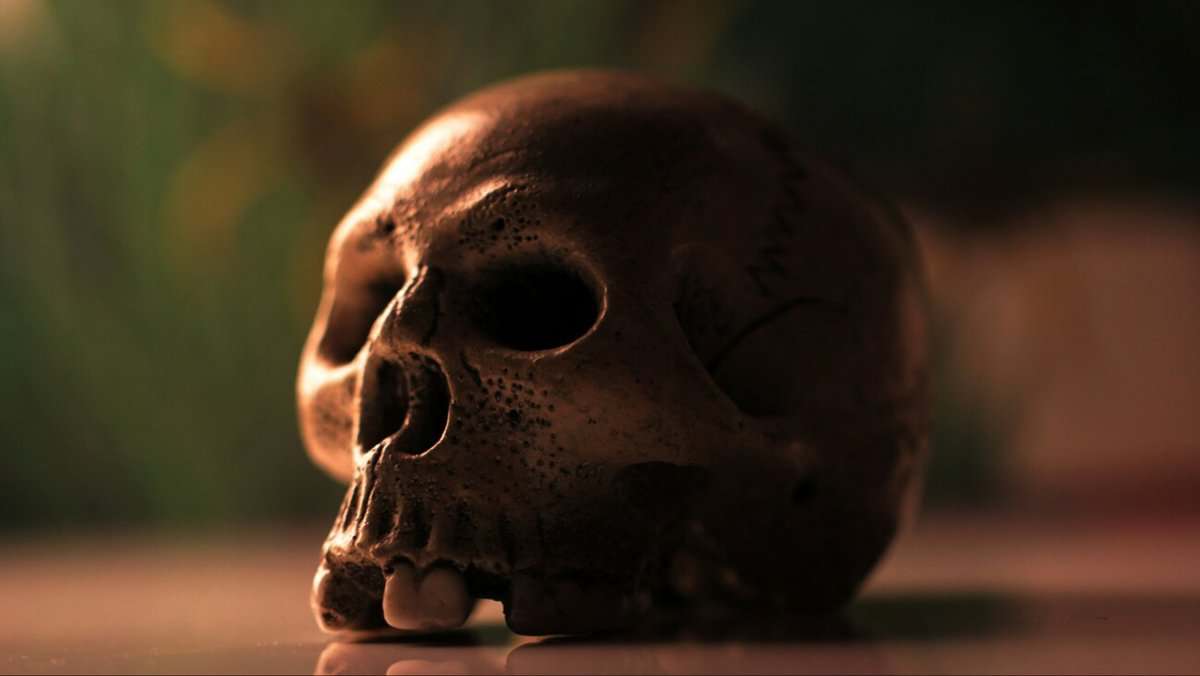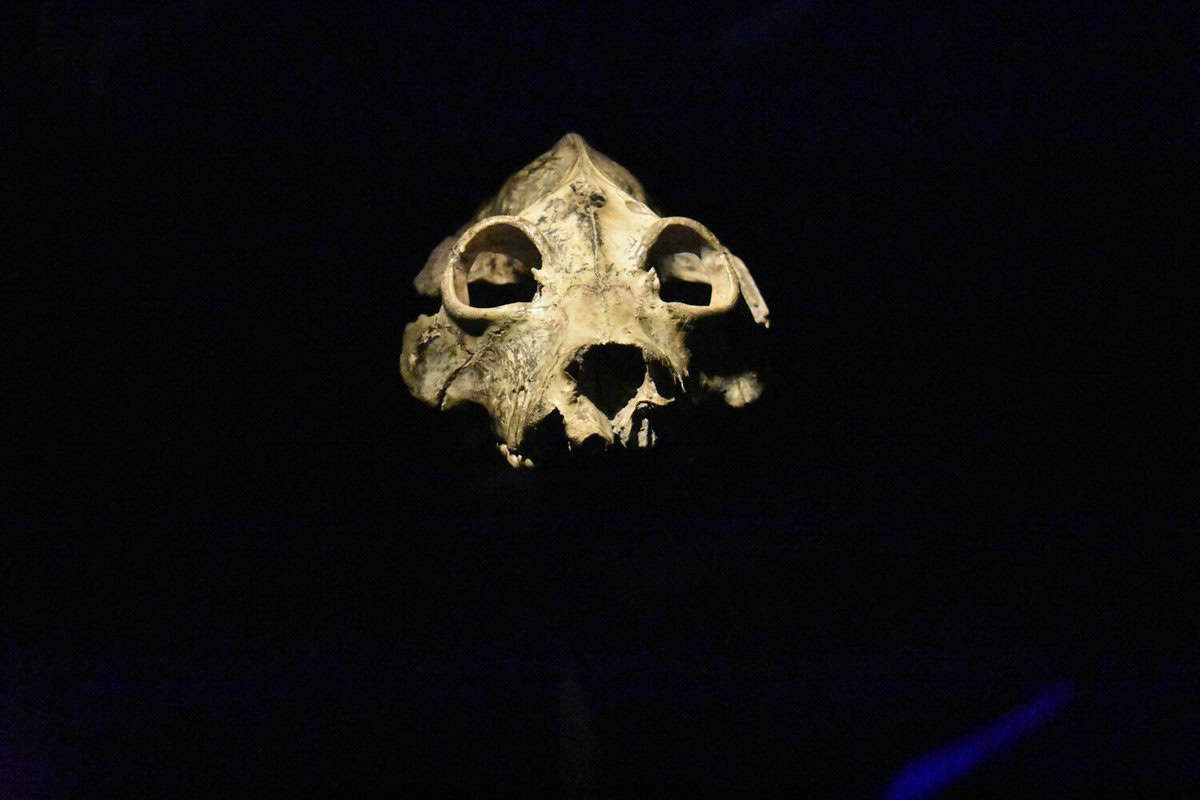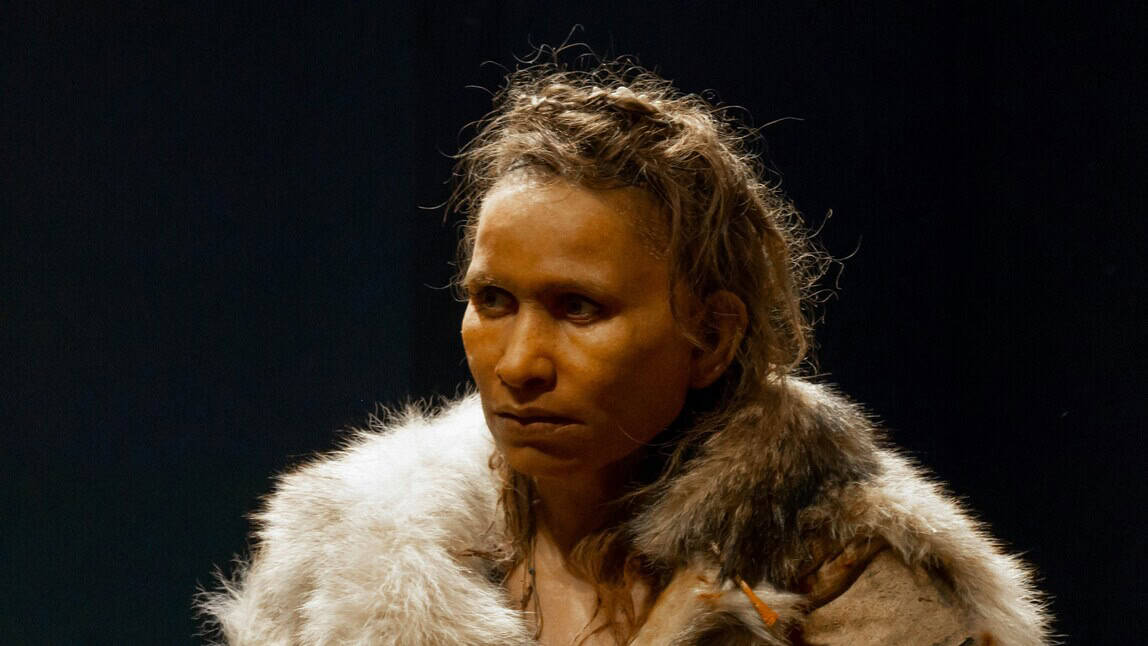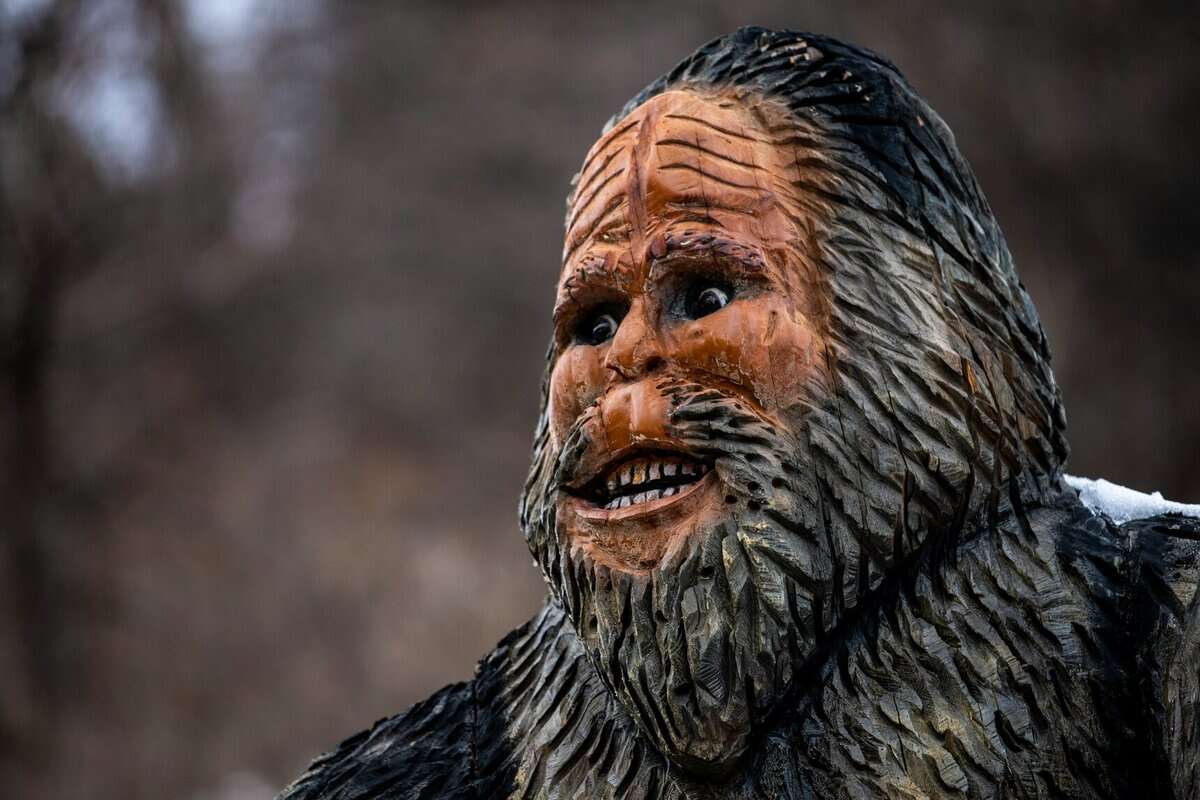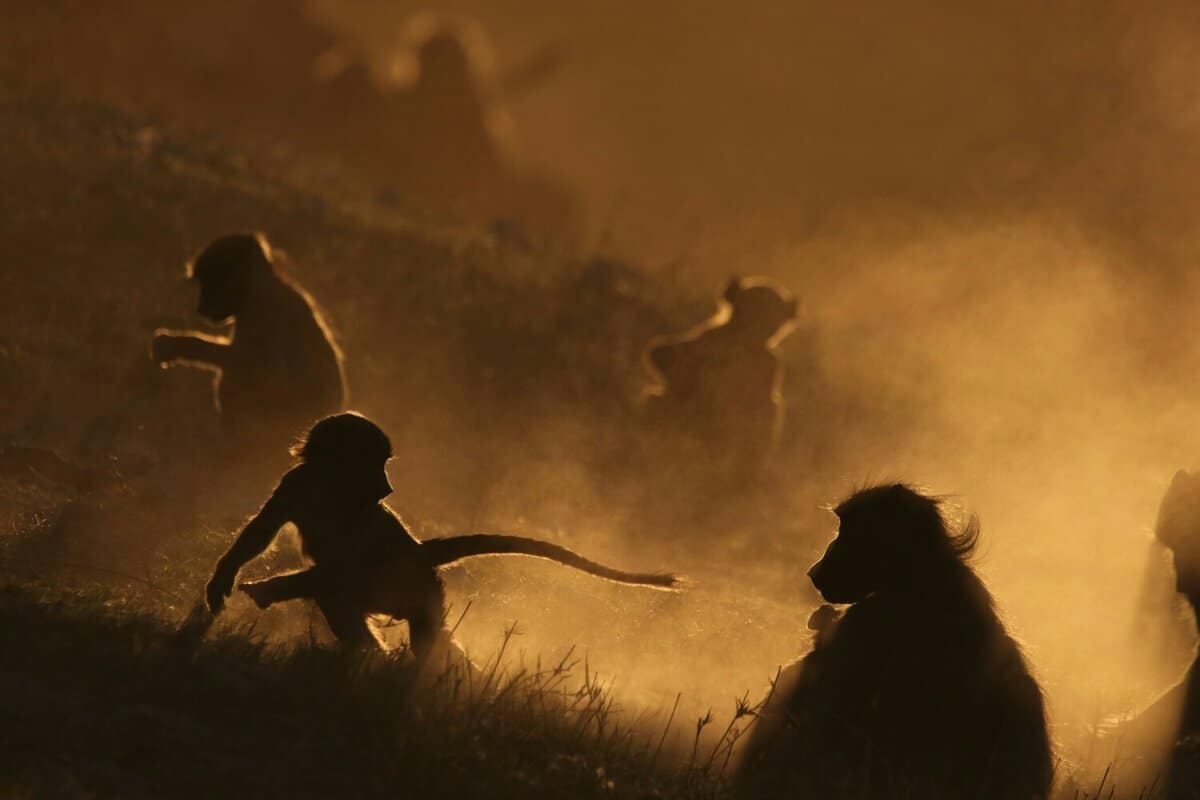At least once, you must have seen a robot or a CGI character that looked almost human but just… off.
That weird, unsettling feeling creeping up your spine is the uncanny valley in action.
It’s this strange phenomenon where things that seem human but aren’t quite right trigger a deep sense of unease.
And it’s more than just a creepy trope! It taps into our primal fears, long rooted in our history.
It’s all about the eerie line between familiarity and alienation.
Let’s dive into the creepy truths behind this old, haunting fear that’s been lurking in the shadows since the dawn of humanity.
1. What Exactly Is the Uncanny Valley?
The uncanny valley is a term used in robotics and computer graphics to describe that creepy feeling you get when something almost looks human but not quite.
It’s associated with the emotional (dis)comfort some people experience with very realistic robots or avatars.
Imagine a robot face that’s just a little too smooth, too symmetrical, with dead eyes or slightly awkward movements – that’s when the discomfort hits.
The Japanese roboticist Masahiro Mori noticed that we like robots more the more human they look – until they get almost perfect, then suddenly, we feel uneasy.
It’s like falling into a valley of discomfort and confusion.
2. Why the Name?
The term “uncanny valley” paints a vivid picture of a dark, eerie landscape.
The name was chosen because the feeling of revulsion is like falling into a deep, shadowy valley; an unsettling depression.
The “valley” is a dip in our emotional response.
As robots or images become more realistic, our comfort level rises, but suddenly plunges when they hit that uncanny zone, where you almost can’t tell them apart from real people.
It’s as if we’re standing on the edge of a cliff, peering into something deeply unsettling, yet fascinating.
The name perfectly captures that almost-sick feeling we get when confronted with near-human replicas.
3. The Prehistoric Roots of Our Fear
Imagine prehistoric life: multiple human species roaming the earth, some of which were predators, and even fed on others!
They all looked similar enough to be mistaken or to evoke suspicion.
A creature that mimicked human features but was hostile could have instinctive fear, and a fight or flight reaction.
This fear wasn’t just about danger; it was about the threat of the unknown and the uncanny.
Our ancestors needed to recognize friends from foes quickly, and anything slightly off could be a signal for danger.
This evolutionary background forms the bedrock of our modern discomfort with humanoid figures that seem almost human but aren’t quite right.
Uncanny valley taps into that deep-rooted survival instinct.
4. Why Is It So Terrifying When Robots Look Human?
Fast forward to today: robots, CGI, and AI characters strive for realism, but that uncanny feeling persists. Why?
Because our brain is wired to detect subtle hues – like eye movements, skin texture, and facial symmetry – that signal whether something is alive or fake.
When robots look almost human but have unnatural movements or blank eyes, it triggers our subconscious alarm system.
It’s not just aesthetics; it’s the suspicion.
We fear these robots might turn hostile, or worse, replace us entirely!
The uncanny valley reminds us how fragile our perception of reality is, and how easily that perception can slip into something terrifying.
5. The Horror Movie Connection
You’ve probably felt that creepy dread watching some horror films. Think any movie featuring a demonic possession, where an evil entity wears a human disguise.
Many horror movies exploit the uncanny valley to deepen fear. This also goes for sci-fi, or any other film that makes use of hyper-realistic CGI that turns out just… wrong.
The uncanny valley isn’t just a scientific curiosity; it’s a powerful storytelling tool.
When characters look familiar but subtly wrong, it taps into our primal fears of death, decay, そして the unknown.
Horror movies often use this to make us squirm – because confronting the fears of the uncanny is deeply unsettling.
6. The Fear of the Future
As technology advances, realistic humanoid robots are becoming more common. They’re used in customer service, healthcare, and even companionship roles.
But the more human-like they become, the more our unease grows.
Many people fear that these robots might turn hostile or surpass human intelligence, leading to a future where we can’t tell friend from foe.
This fear is amplified by sci-fi stories where AI turns against humans.
The uncanny valley plays into this, making us wary of machines that look and act human.
It’s a deep-rooted anxiety about losing control and the frightening possibility of being that mimic us perfectly but aren’t truly alive.
7. When Did We First Recognize This Fear?
The term “uncanny valley” was first coined by Japanese roboticist Masahiro Mori で 1970.
Mori was exploring the emotional responses people have to robots that look almost human.
He created a graph showing how comfort levels increase with robot realism, but then suddenly plummet in the uncanny zone before rising again at full human resemblance.
The concept quickly gained traction, influencing robotics, animation, and horror.
Mori’s idea captures the eerie sensation many experience when confronting hyper-realistic androids or CGI characters.
Since then, the uncanny valley has become a key concept in understanding human responses to artificial life.
8. Why Is It Still So Relevant?
Today, the uncanny valley is a cultural phenomenon.
With AI and robotics advancing rapidly, our encounters with near-human figures are more frequent and intense.
From social robots to digital avatars, we’re constantly confronted with the boundary between human and machine.
The discomfort remains because it challenges our understanding of what it means to be human.
Plus, as horror, sci-fi, and even marketing exploit this fear, it becomes a mirror for societal anxieties about technology, identity, そして 死亡率.
Our fear of the uncanny isn’t fading; it’s evolving.
9. The Uncanny Valley’s Dark Allure
The uncanny valley continues to fascinate and terrify us because it touches on our deepest fears – death, the unknown, and losing our human essence.
It’s a reminder that even in a world full of technological marvels, there’s an innate wariness of those who look like us but aren’t.
That unsettling feeling lurks beneath the surface of modern life, waiting to come out when we least expect it.
Whether in horror movies, robotics labs, or AI debates, the uncanny valley is a stark reflection of our primal fears about the boundary between the real and the artificial.
A little Aquarius, devoted to writing and embroidery. Through my writing, I hope to empower readers to align with their true selves and navigate life’s mysteries with confidence.

